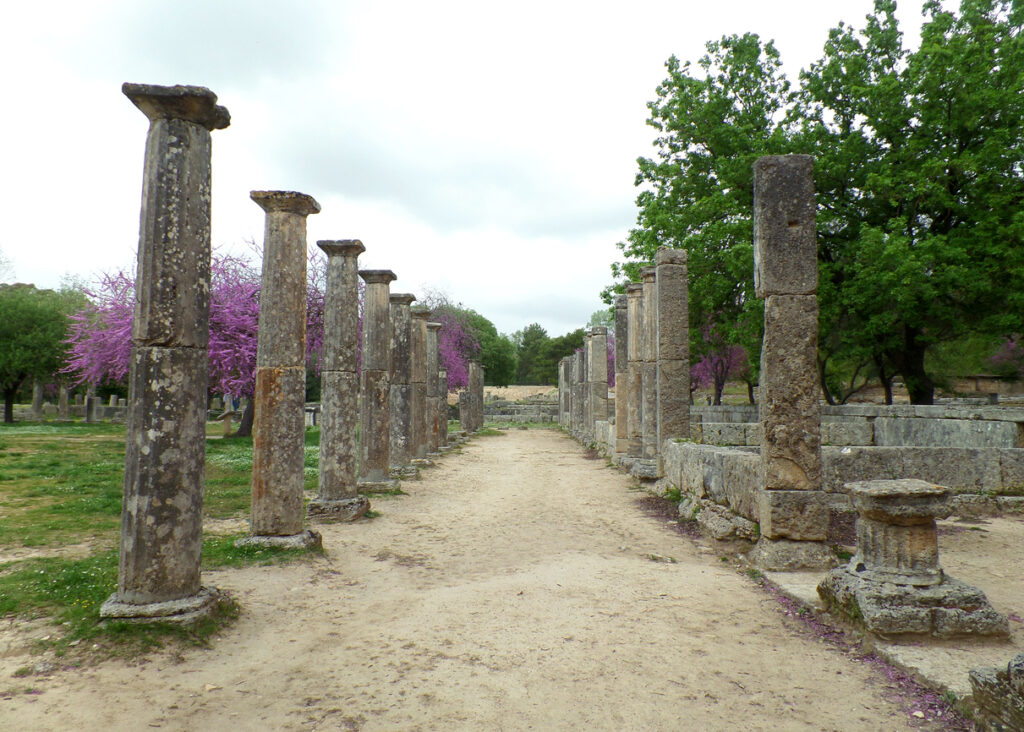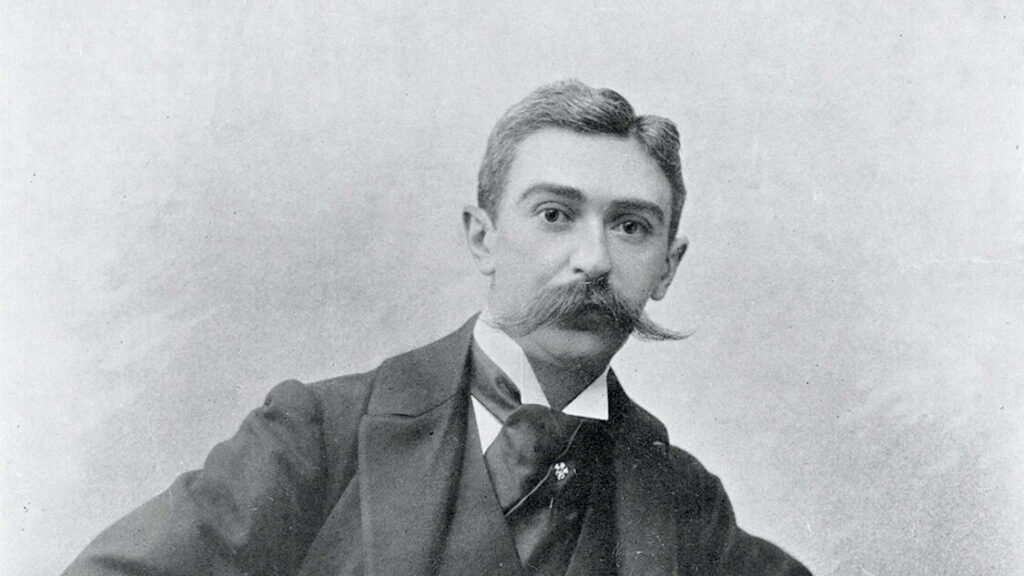Olympic Day is celebrated all around the world on June 23, every year. Thousands of people get together to participate in cultural and sporting activities, such as runs, musical performances, and exhibitions.
Also read, The Iconic Journey Of The Olympic Torch
The Origin Of The Olympic Games
The first known Olympic Games were held in 776 B.C in the summer at Olympia, in southern Greece. The games were created to honour Ancient Greek god Zeus. Athletes prayed to Zeus for victory and left gifts to thank him for their victories.

When Rome conquered Greece, they banned the Olympics in 393 A.D. After over 1,500 years the modern version of the Olympic Games was revived in 1896 in Athens, Greece, by Baron Pierre de Coubertin and has been celebrated every four years since then. In 1924, Winter Olympics were added to incorporate winter sports such as cross-country skiing, ice hockey, snowboarding, figure skating. and ski jumping.
Who Is Baron Pierre De Coubertin?
Baron Pierre de Coubertin is considered the founder of the modern Olympic Games. Born in Paris, France, he was a keen sportsman himself, who enjoyed boxing, fencing, horse-riding, and rowing. He believed that sports were an import- ant part of developing the mental energy of a person.

In 1894, Pierre founded the International Olympic Committee (“IOC”) to help build a better world by educating young people about the importance of sports. He is responsible for the creation of the five-ring Olympic symbol in 1913, the Olympic Charter, and the protocol of the games, including the opening and closing ceremonies. He believed, “The important thing in life is not the triumph but the fight the essential thing is not to have won, but to have fought well. He was the IOC President between 1896 and 1925.
The First Olympic Day
During the 41st Session of the IOC in 1947, Dr. Grusa, a member from Czechoslovakia, presented a report on the concept of World Olympic Day. This day would be dedicated to promoting the Olympic values and ideals. The idea was officially adopted at the 42nd 100 Session in St Moritz, Switzerland in January 1948.

The first-ever Olympic Day was celebrated on June 23, 1948. Since then, Olympic Day has been celebrated annually to encourage participation in sports, promate the Olympic movement, and spread the spirit worldwide. It serves as an opportunity to engage individuals of all ages and backgrounds in sports activities, promoting the values of friendship, fair play, and peace.
Some Interesting Facts About The Olympics
The first Olympic Games had just 14 participating countries, and now over 200 countries participate in the Olympics.
The Olympic symbol was designed to include everyone. The five different coloured rings and the white background are the colours found on the flags of all participating countries.
motorboat sailing used to be Olympic sports but eventually got voted out and games like rugby and golf got voted in.
From 1921 to 1948, artists, writers, and musicians also took part in the Olympics. They competed for medals by creating their works of art based on the sporting successes of the games.
Fencing, football, judo, archery, sailing, handball, trampoline, and water polo are some of the sports included in the Olympic Games.
Watch Full video on, Historic Consecration Ceremony of Ram Mandir | All About Ram Lalla Idol | Pran Pratishtha












